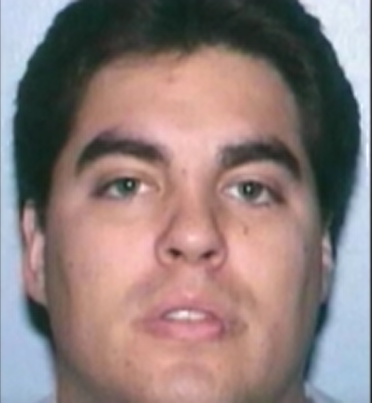
b: 1970
Paul Runge
Summary
Name:
Years Active:
1995 - 1997Birth:
January 28, 1970Status:
ImprisonedClass:
Serial KillerVictims:
7+Method:
Strangulation / Slashing / BeatingNationality:
USA
b: 1970
Paul Runge
Summary: Serial Killer
Name:
Paul RungeStatus:
ImprisonedVictims:
7+Method:
Strangulation / Slashing / BeatingNationality:
USABirth:
January 28, 1970Years Active:
1995 - 1997bio
Runge's early life is not well-known. He was born in Oak Forest, and since he was a child, he showed signs of sexual sadism. This behavior got worse after his mother died when he was 17.
Later that same year, Runge kidnapped, raped, and beat up a 14-year-old girl in Oak Forest. After the attack, he turned himself in to the police. He was sentenced to 14 years in prison but was released on parole in May 1994.
During this time, he married a woman named Charlene, worked as a shoe salesman and later as a truck driver, and moved to three different cities. However, in May 1997, he was arrested again for breaking the rules of his parole.

murder story
When Paul Runge searched for victims, he would drive around looking for ways to meet them. Sometimes he pretended to be interested in a property they were selling or renting and asked to see inside. Once he gained their trust, he would rape and then either strangle, slash, or beat them to death. He sometimes dismembered the bodies and threw the parts in garbage cans. In four cases, he burned the victims' homes down.
The first victim was Stacy Frobel, a 25-year-old who was friends with Runge's wife. On January 3 or 4, 1995, she went to visit the Runges in Streamwood but was never seen alive again. Two weeks later, a dog brought a severed leg home from a field near southern Wisconsin. Five days later, the dog found the other leg. DNA tests confirmed the remains were Stacy Frobel. Runge had struck her with a dumbbell, killed her, dismembered her body, and scattered the remains. He called in sick to his job at Foot Locker and eventually quit.
The Pasanbegovic sisters, aged 22 and 20, were Bosnian refugees living with their uncle in Hanover Park. They were last seen on July 11, 1995, when they accepted a cleaning job offer from the Runges. The sisters were lured into the house, handcuffed, raped, tortured, and strangled by Runge. He dismembered their bodies, put the parts in plastic bags, and discarded them in garbage bins. The day after, Runge called in sick to his job again and then quit.

In January 1997, Dorota Dziubak was raped and strangled in her home on Chicago's Northwest Side. Runge found her through a house-for-sale ad. Her burned body was found by firefighters putting out a fire in her home.
On February 3, 1997, Runge entered Yolanda Gutierrez's apartment by pretending to be interested in buying sports equipment. He tied up Gutierrez and her 10-year-old daughter Jessica, raped and tortured them, then cut their throats and set the apartment on fire.
In March 1997, Kazimiera Paruch met Runge when he showed interest in buying her condominium. She was raped, strangled, and her burned body was found by firefighters after they put out a fire in her home.

Between 1995 and early 1996, the FBI was investigating the Runges for the disappearances of Frobel and the Pasanbegovic sisters. They watched the couple, traced calls, wiretapped phones, and searched their garbage. On March 8, 1996, they searched the Runge house and seized over 200 items, including a book about a murderer, a guide to police radio traffic, a crossbow, a stun gun, and a knife. They couldn't arrest Runge right away, but in May 1997, he was detained for possessing a weapon, breaking his parole.
In 1999, while trying to keep Runge in prison, DNA linked him to the Gutierrez-Muniz murders. Runge confessed to five other murders and hinted at more. He was charged with three of the murders he confessed to. In 2000, Runge tried to escape during a court hearing but was quickly caught.
In January 2006, Runge was convicted of the Gutierrez-Muniz murders and sentenced to death. Prosecutors called him the "face of the death penalty" and hoped his case would support the death penalty. However, in 2011, Illinois abolished capital punishment, and Runge's sentence was commuted. Later that year, the DuPage County State's Attorney dropped charges against Runge for the Pasanbegovic sisters' murders, saying it would be a waste of time since he had already received the highest possible punishment.